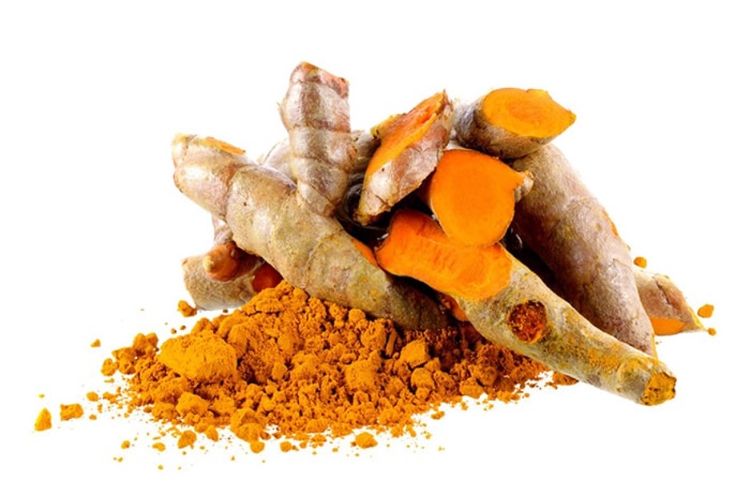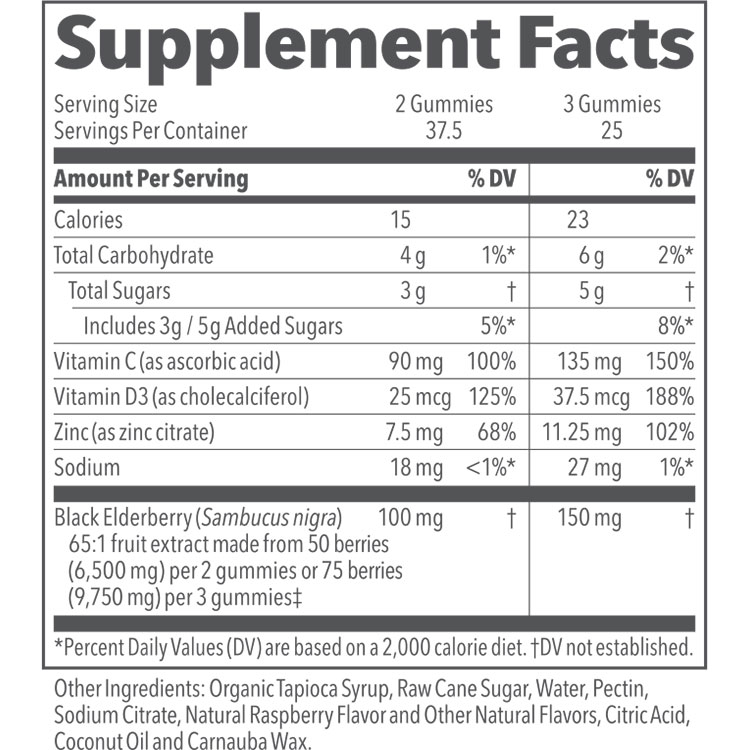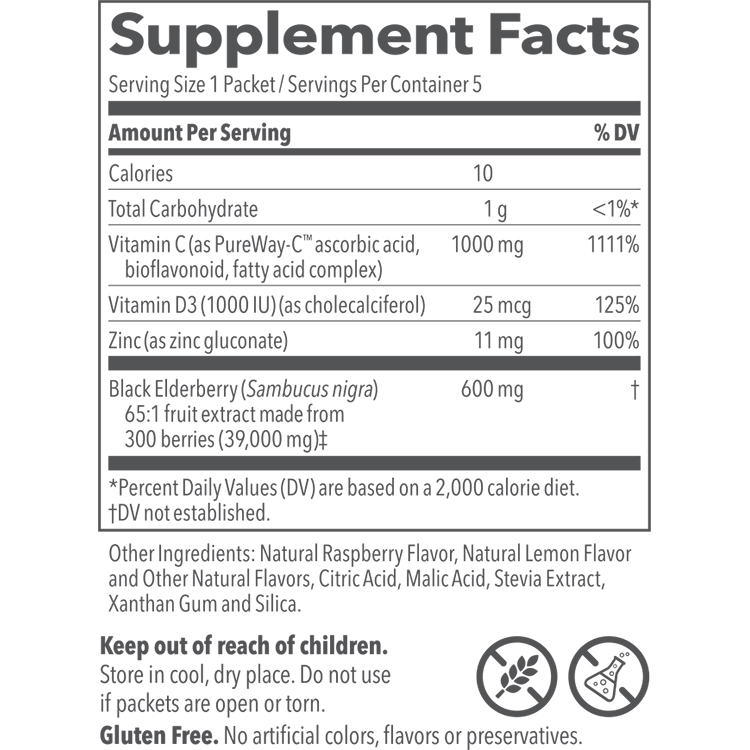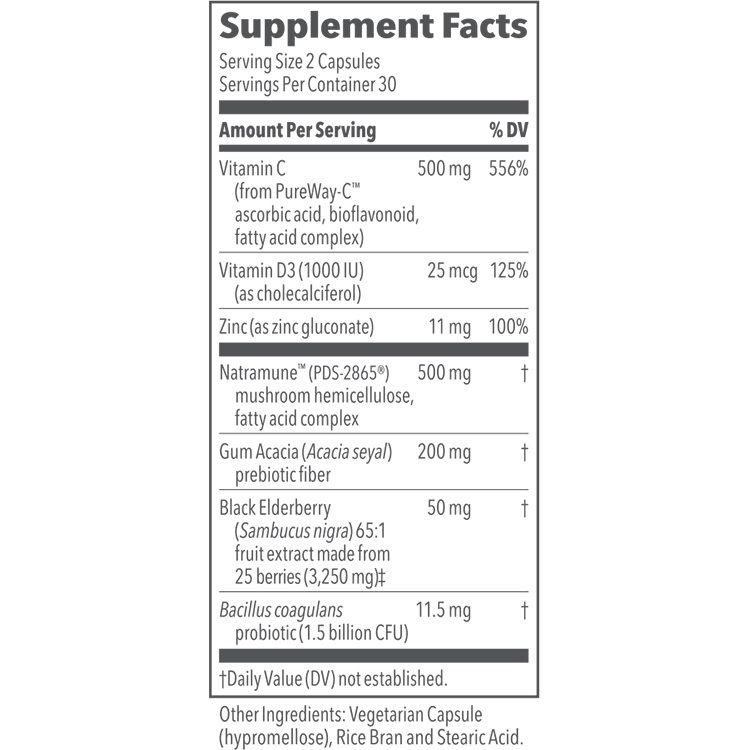BACKGROUND
Ingredient Type: Botanical, Extract
Also Known As: Curcuma longa, Indian saffron, Common turmeric

Turmeric is an herbaceous plant belonging to the ginger family. Turmeric spice is commonly used in Indian cuisine, and the root extract has been used in Ayurveda and other traditional medicinal practice in Asia for thousands of years (1).
Turmeric is a sterile planting which means it does not produce seeds. Rather, it grows from rhizomes or underground stems (2). The rhizomes are the source of a bright yellow spice and dye. Turmeric originates from South and Southeast Asia, particularly from India and China. In fact, India is the world’s largest producer, consumer, and exporter of turmeric. Turmeric has been used in India for at least 2,500 years and was brought to the western world in the 18th century (3).
TRADITIONAL USES
Turmeric has a long history of medicinal use in South Asia; it is cited in Sanskrit medical treatises and widely used in Ayurveda and Unani systems. The foundational text of Ayurveda mentions turmeric use in an ointment to alleviate food poisoning as far back as 250 BC (3).
In traditional medicine, turmeric was used for blood cleansing, inflammation, jaundice, ulcers, tooth decay, liver diseases, gastrointestinal discomfort, skin infections, and itching (3).
WHAT DOES SCIENCE TELL US?
Turmeric root extract is used to treat a variety of medical conditions. Over 7,000 published articles have shown that turmeric may have antioxidant, anti-inflammatory, hypoglycemic, and anti-cancer properties (4,5).
Turmeric Possibly Helps Support a Healthy Cardiovascular System:
The usefulness of turmeric with regard to cardiovascular diseases such as atherosclerosis (6), acute coronary syndrome (7), and by extension, diabetes and cholesterol levels has been well studied over many years, and ongoing research and clinical trials are still be conducted (8). The evidence found gives mixed reviews of turmeric’s role in treating these conditions. Some studies showed positive aspects of turmeric, but others showed that turmeric had no effects on these conditions (9,10,11).
For example, one clinical study showed in 2014 found that turmeric had no effects on serum cholesterol levels but suggested that a robust assessment should be done on how turmeric can affect blood lipids (9). In 2017, two research reports that looked at the efficacy of turmeric on persons at risk of cardiovascular disease concluded that turmeric may be able to protect such persons by improving lipid levels in the blood. However, one stated that further investigation is needed into the safe doses and the form of turmeric used (12), while the other suggested that further investigations into turmeric effects on lipid metabolism is still needed (11). Another 6-month randomized, double-blinded and placebo-controlled clinical trial was conducted to study the effects of turmeric on risk factors for atherosclerosis in person with type 2 diabetes. Results from this study showed significant efficacy for the use of turmeric to treat atherogenic risks in type 2 diabetic patients (13).
Turmeric Possibly Helps Support Healthy Cell Growth:
Turmeric has also been studied in numerous clinical trials as treatments for many different cancers. Studies have shown some efficacy and general safety of turmeric in the treatments for colorectal cancer (14,15,16), breast cancer (17), pancreatic cancer (18), prostate cancer (19), multiple myeloma (20,21), lung cancer (22,23), and cancer lesions (24). Almost all of these clinical trials and research articles called for the continued research of turmeric properties in these cancers in larger populations and did not definitively conclude that 100% efficacy for turmeric use in cancer treatment (8,25).
Turmeric Might Help Reduce Inflammation:
Some research has been done on the anti-inflammatory properties of turmeric. Studies have shown that turmeric has helped reduce inflammation in conditions such as:
- Inflammatory Bowel Syndrome – inflammation of the intestines (26)
- Uveitis – inflammation of the uvea which is the middle layer of the eye (27)
- Arthritis – inflammation of joints (28)
- Psoriasis – chronic inflammation of the skin (29)
- Osteoarthritis – chronic wear and tear of joints. One clinical trial showed that turmeric in combination with boswellic acid, an extract from Indian frankincense root, was more effective in alleviating inflammation on joints than just turmeric on its own (30).
Turmeric Might Help Support a Healthy Liver:
With regard to hepatic diseases, turmeric has been found to have therapeutic actions in hepatitis B, hepatitis C, alcoholic liver disease, nonalcoholic fatty liver disease, drug-induced hepatotoxicity, liver cancer, biliary cirrhosis, and primary sclerosing cholangitis (31).
SAFETY
When used orally and appropriately, turmeric root extract seems to be safe when used for up to 3 months. Although turmeric might be safe for long-term use, current research does not indicate safe usage beyond 9 months (8,32,33).
Interactions:
Major
- Anticoagulants and antiplatelet drugs (34)
Moderate
- Combine with caution: calcium channel blockers, taxones, cytotoxic drugs, platinum chemotherapy compounds, alkylating agents, immunosuppressive agents, ethanol, NSAIDs (non-steroidal anti-inflammatory drugs) (35)
Side-Effects:
- Some studies reported side effects such as abdominal pain, diarrhea, and nausea (36,37,38).
REFERENCES
- Hatcher H, Planalp R, Cho J, Torti FM, Torti S V. Curcumin: From ancient medicine to current clinical trials. Cell Mol Life Sci. 2008. doi:10.1007/s00018-008-7452-4
- Mishra S, Palanivelu K. The effect of curcumin (turmeric) on Alzheimer’s disease: An overview. Ann Indian Acad Neurol. 2008;11(1):13-19. doi:10.4103/0972-2327.40220
- Prasad S, Aggarwal BB. Turmeric, the Golden Spice: From Traditional Medicine to Modern Medicine.; 2011. doi:10.1201/b10787-14
- Goel A, Kunnumakkara AB, Aggarwal BB. Curcumin as “Curecumin”: From kitchen to clinic. Biochem Pharmacol. 2008;75(4):787-809. doi: 10.1016/j.bcp.2007.08.016
- Pulido-Moran M, Moreno-Fernandez J, Ramirez-Tortosa C, Ramirez-Tortosa MC. Curcumin and health. Molecules. 2016;21(3). doi:10.3390/molecules21030264
- Zhang S, Zou J, Li P, Zheng X, Feng D. Curcumin Protects against Atherosclerosis in Apolipoprotein E-Knockout Mice by Inhibiting Toll-like Receptor 4 Expression. J Agric Food Chem. 2018;66(2):449-456. doi: 10.1021/acs.jafc.7b04260.
- Alwi I, Santoso T, Suyono S, et al. The effect of curcumin on lipid level in patients with acute coronary syndrome. Acta Med Indones. 2008;40(Ldl):201-210.
- Gupta SC, Patchva S, Aggarwal BB. Therapeutic Roles of Curcumin: Lessons Learned from Clinical Trials. AAPS J. 2013;15(1):195-218. doi:10.1208/s12248-012-9432-8
- Sahebkar A. A systematic review and meta-analysis of randomized controlled trials investigating the effects of curcumin on blood lipid levels. Clin Nutr. 2014;33(3):406-414. doi:10.1016/j.clnu.2013.09.012
- Jiang S, Han J, Li T, et al. Curcumin as a potential protective compound against cardiac diseases. Pharmacol Res. 2017;119:373-383. doi:10.1016/j.phrs.2017.03.001
- Ganjali S, Blesso CN, Banach M, Pirro M, Majeed M, Sahebkar A. Effects of curcumin on HDL functionality. Pharmacol Res. 2017;119:208-218. doi:10.1016/j.phrs.2017.02.008
- Qin S, Huang L, Gong J, et al. Efficacy and safety of turmeric and curcumin in lowering blood lipid levels in patients with cardiovascular risk factors: a meta-analysis of randomized controlled trials. Nutr J. 2017;16(1):68. doi:10.1186/s12937-017-0293-y
- Chuengsamarn S, Rattanamongkolgul S, Phonrat B, Tungtrongchitr R, Jirawatnotai S. Reduction of atherogenic risk in patients with type 2 diabetes by curcuminoid extract: a randomized controlled trial. J Nutr Biochem. 2014;25(2):144-150. doi:10.1016/j.jnutbio.2013.09.013.
- Sharma RA, McLelland HR, Hill KA, et al. Pharmacodynamic and pharmacokinetic study of oral Curcuma extract in patients with colorectal cancer. Clin Cancer Res. 2001;7(7):1894-1900.
- Garcea G, Berry DP, Jones DJL, et al. Consumption of the putative chemopreventive agent curcumin by cancer patients: Assessment of curcumin levels in the colorectum and their pharmacodynamic consequences. Cancer Epidemiol Biomarkers Prev. 2005;14(1):120-125.
- Shehzad A, Khan S, Shehzad O, Lee Y. Curcumin therapeutic promises and bioavailability in colorectal cancer. Drugs of Today. 2010;46(7):523. doi:10.1358/dot.2010.46.7.1509560.
- Bayet-Robert M, Kwiatkowski F, Leheurteur M, et al. Phase I dose escalation trial of docetaxel plus curcumin in patients with advanced and metastatic breast cancer. Cancer Biol Ther. 2010;9(1):8-14. doi:10.4161/cbt.9.1.10392
- Kanai M, Yoshimura K, Asada M, et al. A phase I/II study of gemcitabine-based chemotherapy plus curcumin for patients with gemcitabine-resistant pancreatic cancer. Cancer Chemother Pharmacol. 2011;68(1):157-164. doi:10.1007/s00280-010-1470-2
- Ide H, Tokiwa S, Sakamaki K, et al. Combined inhibitory effects of soy isoflavones and curcumin on the production of prostate-specific antigen. Prostate. 2010;70(10):1127-1133. doi:10.1002/pros.21147
- Sung B, Kunnumakkara AB, Sethi G, Anand P, Guha S, Aggarwal BB. Curcumin Circumvents Chemoresistance in vitro and Potentiates the Effect of Thalidomide and Bortezomib against Human Multiple Myeloma in Nude Mice Model Molecular cancer therapeutics. 2009;8(4):959-970. doi: 10.1158/1535-7163.MCT-08-0905.
- Gomez-Bougie P, Halliez M, Maïga S, et al. Curcumin induces cell death of the main molecular myeloma subtypes, particularly the poor prognosis subgroups. Cancer Biol Ther. 2015;16(1):60-65. doi:10.4161/15384047.2014.986997
- Wang A, Wang J, Zhang S, Zhang H, Xu Z, Li X. Curcumin inhibits the development of non-small cell lung cancer by inhibiting autophagy and apoptosis. Exp Ther Med. 2017;14(5):5075-5080. doi:10.3892/etm.2017.5172
- Liu F, Gao S, Yang Y et al. Antitumor activity of curcumin by modulation of apoptosis and autophagy in human lung cancer A549 cells through inhibiting PI3K/Akt/mTOR pathway. Oncol Rep. 2018. doi:10.3892/or.2018.6188.
- Rai B, Kaur J, Catalina M. Anti-oxidation actions of curcumin in two forms of bed rest: oxidative stress serum and salivary markers. Asian Pac J Trop Med. 2010;3(8):651-654. doi:10.1016/S1995-7645(10)60157-5
- Imran M, Ullah A, Saeed F, Nadeem M, Arshad MU, Suleria HAR. Cucurmin, anticancer, & antitumor perspectives: A comprehensive review. Critical Reviews in Food Science and Nutrition. 2017:1-23.
- Holt PR, Katz S, Kirshoff R. Curcumin therapy in inflammatory bowel disease: A pilot study. Dig Dis Sci. 2005;50(11):2191-2193. doi:10.1007/s10620-005-3032-8
- Allegri P, Mastromarino A, Neri P. Management of chronic anterior uveitis relapses: Efficacy of oral phospholipidic curcumin treatment. Long-term follow-up. Clin Ophthalmol. 2010;4(1):1201-1206. doi:10.2147/OPTH.S13271
- Chandran B, Goel A. A randomized, pilot study to assess the efficacy and safety of curcumin in patients with active rheumatoid arthritis. Phytother Res. 2012;26(11):1719-1725. doi:10.1002/ptr.4639
- Carrion-Gutierrez M, Ramirez-Bosca A, Navarro-Lopez V, et al. Effects of curcuma extract and visible light on adults with plaque psoriasis. Eur J Dermatology. 2015;25(3):240-246. doi:10.1684/ejd.2015.2584
- Haroyan A, Mukuchyan V, Mkrtchyan N et al. Efficacy and safety of curcumin and its combination with boswellic acid in osteoarthritis: a comparative, randomized, double-blind, placebo-controlled study. BMC Complement Altern Med. 2018;18(1). doi:10.1186/s12906-017-2062-z.
- Nabavi SF, Daglia M, Moghaddam AH, Habtemariam S, Nabavi SM. Curcumin and liver disease: From chemistry to medicine. Compr Rev Food Sci Food Saf. 2014;13(1):62-77. doi:10.1111/1541-4337.12047
- Dulbecco P, Savarino V. Therapeutic potential of curcumin in digestive diseases. World J Gastroenterol. 2013;19(48):9256-9270. doi:10.3748/wjg.v19.i48.9256
- Chuengsamarn S, Rattanamongkolgul S, Luechapudiporn R, Phisalaphong C, Jirawatnotai S. Curcumin extract for prevention of type 2 diabetes. Diabetes Care. 2012;35(November):2121-2127. doi:10.2337/dc12-0116.
- Tsai HH, Lin HW, Lu YH, Chen YL, Mahady GB. A Review of Potential Harmful Interactions between Anticoagulant/Antiplatelet Agents and Chinese Herbal Medicines. PLoS One. 2013;8(5). doi:10.1371/journal.pone.0064255
- Stargrove M, Treasure J, McKee D. Herb, Nutrient, And Drug Interactions. 1st ed. St. Louis, Mo.: Mosby/Elsevier; 2008:160-166.
- Sharma RA, Euden SA, Platton SL, et al. Phase I clinical trial of oral curcumin: Biomarkers of systemic activity and compliance. Clin Cancer Res. 2004;10(20):6847-6854. doi:10.1158/1078-0432.CCR-04-0744
- Lao CD, Ruffin IV MT, Normolle D, et al. Dose escalation of a curcuminoid formulation. BMC Complement Altern Med. 2006;6. doi:10.1186/1472-6882-6-10
- Carroll RE, Benya R V, Turgeon DK, et al. Phase IIa clinical trial of curcumin for the prevention of colorectal neoplasia. Cancer Prev Res (Phila). 2011;4(3):354-364. doi:10.1158/1940-6207.CAPR-10-0098
See the National Center for Complementary and Integrative Health entry for turmeric, the Penn State Hershey Health Information Library entry for turmeric, this European Medicines Agency monograph on Curcuma longa L., the Michigan Medicine Health Library entry for turmeric, the Examine.com entry for turmeric, or the RXList entry for turmeric for more information.




